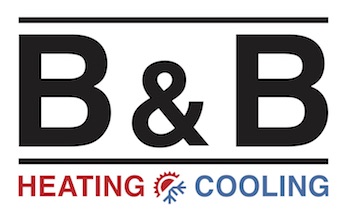Many people only call for air conditioning repair when their system completely stops working. However, the truth is your air conditioner will often drop hints letting you know it’s in trouble before a total breakdown that results in new AC installation. Recognizing the symptoms and calling the experts at B & B Heating & Cooling to fix issues early can save you from the hassle and expense of a full AC system failure. More importantly, it can stop you from having to endure the hot and sweaty conditions created by having your AC break down when it’s scorching hot outside.
When you call us, our team of highly trained HVAC technicians will pinpoint what’s wrong, make the necessary repairs and get your AC back on track. We have a proven track record in the community and provide reliable, cost-effective AC service for area residents.
Why wait until your cooling system quits? Skip all that hassle by calling today to schedule AC repair in Florissant, MO, from B & B Heating & Cooling.
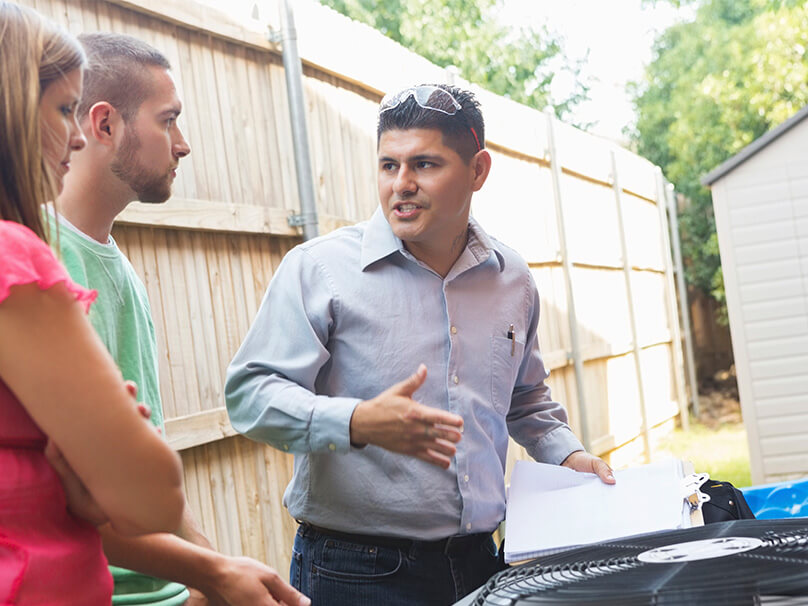
Warnings Signs You Need AC Repair
Wondering if your air conditioner requires service? From strange odors to a lack of cool air coming from the vents, there are many clues that your cooling system has an issue and needs attention or service.
Here are some red flags that trouble may be developing and it’s time to call an HVAC technician from B & B Heating & Cooling:
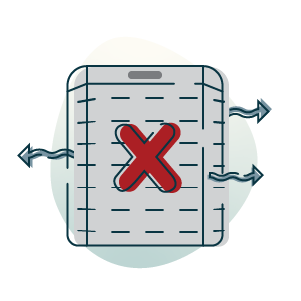
AC is blowing hot air
If hot air is blowing out of your AC unit instead of cool air, or if the air isn’t as cool as it should be, it’s a wise decision to call us for professional cooling service.
Air conditioning frequently turns on and off
If your AC system turns on and off instead of running consistently, it could be a symptom of underlying trouble and should be looked at by one of our certified HVAC technicians.
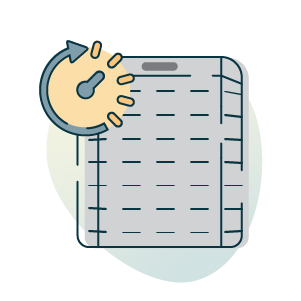
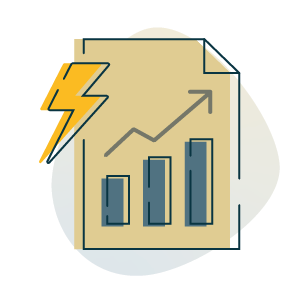
Monthly utility bills spike for no apparent reason
A sudden spike in your energy costs can be a sign your AC unit is becoming less efficient, which means it uses more energy to maintain a comfortable indoor temperature and needs AC maintenance or repair.
Odd odors are coming from your air conditioner
Air conditioners aren’t supposed to smell. Unusual odors coming from your AC unit should be evaluated by a professional, as they can be a symptom of trouble like mold, mildew or even electrical issues.
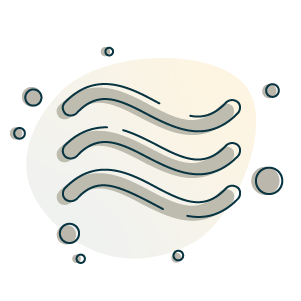
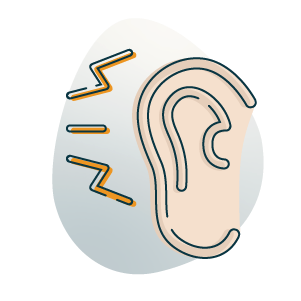
AC makes loud noises when it runs
If you hear unusual noises when your AC system is running — thumping, scraping or screeching, to name just a few — it’s important to call for professional HVAC service to find out what’s wrong.
Request Pro Air Conditioner Repair Now
When you require air conditioning service without delay, contact the HVAC repair experts at B & B Heating & Cooling. We’ll speedily pinpoint the trouble when your equipment won’t run or deliver enough chilled air.
